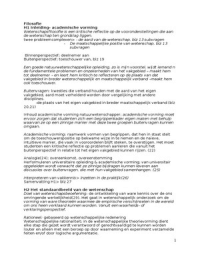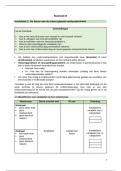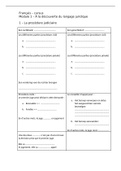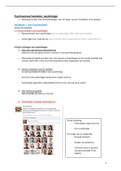College aantekeningen
BSC 2010c Chapter 5 Notes
- Vak
- BSC 2010C
- Instelling
- Seminole State College
This is a comprehensive and detailed note on Chapter 5- The Structure and Function of Large Biological Molecules for BSC 2010c. It's all Yours!!
[Meer zien]












